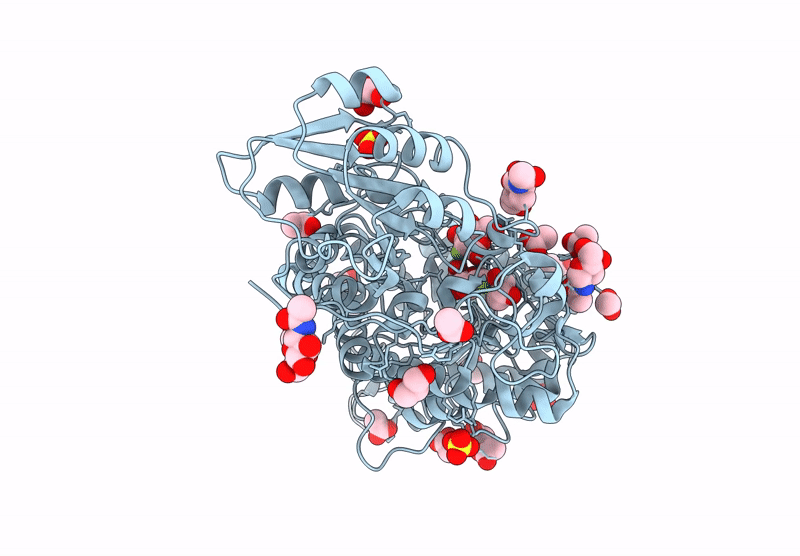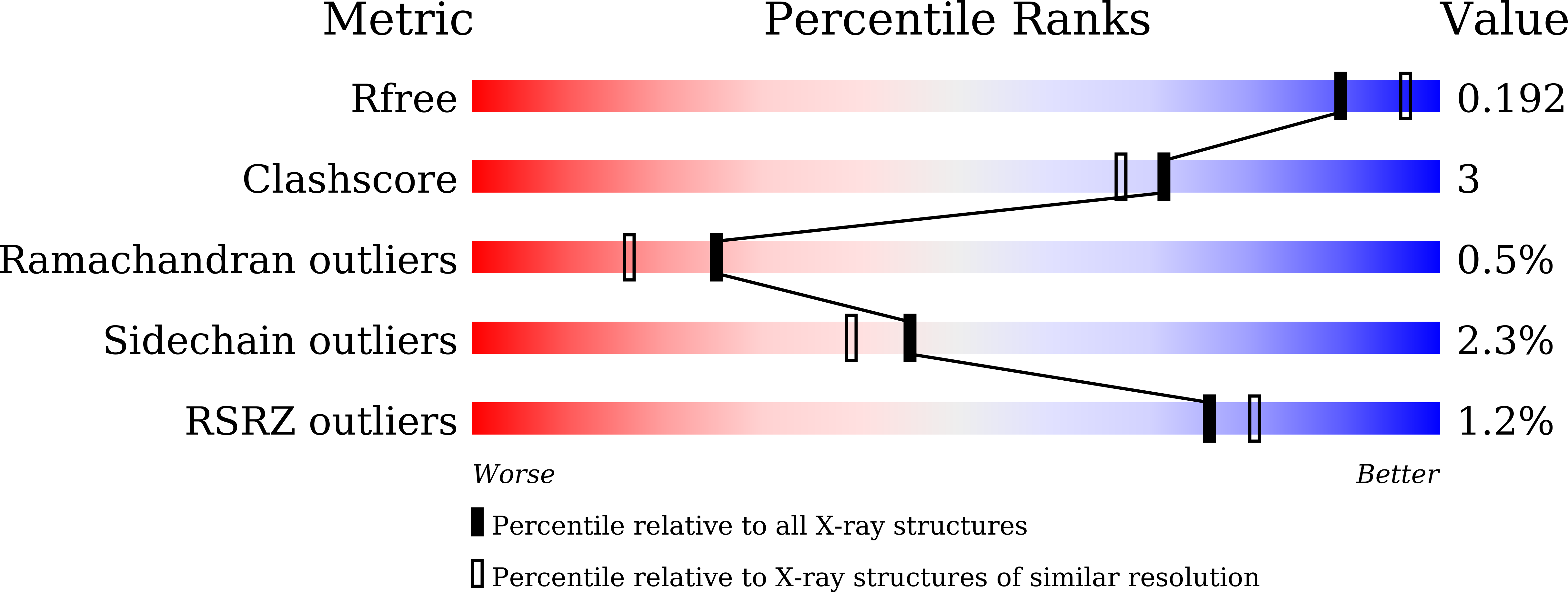
Deposition Date
2022-11-22
Release Date
2024-12-25
Last Version Date
2025-05-21
Entry Detail
PDB ID:
8HJ8
Keywords:
Title:
Crystal structure of barley exohydrolase isoform ExoI E220A mutant in complex with 2-deoxy-2-fluoro-D-glucopyranosides
Biological Source:
Source Organism:
Hordeum vulgare (Taxon ID: 4513)
Host Organism:
Method Details:
Experimental Method:
Resolution:
1.95 Å
R-Value Free:
0.18
R-Value Work:
0.14
R-Value Observed:
0.14
Space Group:
P 43 21 2


